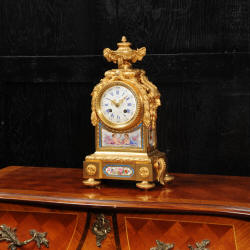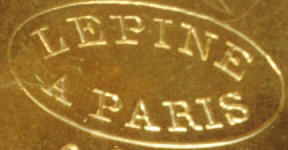The dial is porcelain enamel on copper and is complete with its original finely fretted gilt hands. It is signed Lépine A Paris. The rear door is glazed to allow the movement to be seen. The French movement is of superb quality and is by Lépine. It is in excellent clean and running condition having been fully overhauled by our clockmaker. It originally had a silk suspension, this has been changed to steel suspension at some time. Pendulum is a replacement. It runs for 8 days and strikes the hours and halves on a bell. Click the video clip below to hear the bell and watch the clock running! Condition of the case is excellent, the original gilding is beautifully clean and bright just some slight wear to the high spots and some discolouration. The dial is also in excellent condition with no damage. Porcelain is in excellent condition including the over glaze gilt decoration. There is a light scratch on the original glass. The Maison Lépine at the Place des Victoires in Paris was founded by the illustrious clock and watch maker Jean-Antoine Lépine (1720-1814) in 1792 with his son-in-law Claude-Pierre Raguet. He moved to Paris in 1744 when he was 24 years of age, serving as apprentice to André-Charles Caron (1698–1775), at that time clockmaker to Louis XV. On 12 March 1762, he became maître horloger (master horologist) and from then became teacher to Abraham-Louis Breguet, to whom he had a business relation over many years. In 1765 or 1766 he was appointed Horloger du Roi (Clockmaker to the King). In 1783 Lépine entered into partnership with his son-in-law Pierre-Claude Raguet (1753-1810), leaving him the business in 1784, with the workshop under the management of Lépine’s nephew, Jean-Antoine II. Highly successful during the First Empire, Lépine became Watchmaker to Her Majesty the Empress-Queen in 1805, then Watchmaker to Empress Josephine in 1809. After his death in 1810, Raguet’s only son, Alexandre, sold the business to Jean-Paul Chapuy. Figuring among his clients were: Napoleon I; Jerome, King of Westphalia; Charles IV, King of Spain; and the princes de Talleyrand. Chapuy sold the business to Calvet, who was succeeded in 1840 by Fabre. Boulay purchased the firm in 1853 and resold it to Roux in 1885. It was then passed on to Ferdinand Verger, who resold it in 1914. The business continued under the name Lépine until 1919, when it was taken over by L. Leroy. Though Lépine moved locations several times, from Place des Victoires in 1800 to Palais Royal in 1860 and Rue Vide Gousset in 1870, the business remained established in the Palais-Royal quarter of Paris throughout the entire period. Clocks by Lépine can be found in museums around the world: Château of Compiègne, France; Detroit Institute of Arts, USA; Patrimonio Nacional, Spain; Deutsches Uhrenmuseum, Furtwangen, Germany; Schloss Wilhemshöle, Kassel, Germany; M.I.H., La Chaux-de-Fonds, Switzerland; Royal Collection, London; Minneapolis Institute of Arts, USA; Louvre Museum, Paris; Museum of Fine Arts, Prague; Hermitage Museum, Saint Petersburg. Reference: Tardy, Dictionnaire des horlogers français, (Paris, 1972).
The dial signed Lépine A Paris Complete with pendulum, bell and a suitable key. Full setting up instructions supplied if required.
About us - All of our clocks are original antiques, we source most of our clocks in France, Belgium, the Netherlands and the UK. We prefer to buy our clocks in original 'dirty' condition. We then clean the cases using a technique we have developed over many years. We employ two qualified clockmakers who overhaul the movements. Movements are thoroughly tested until we are satisfied that they will run trouble free. |
||||||||||||||||
|
Click the movie player below to see the this actual clock
run -
|

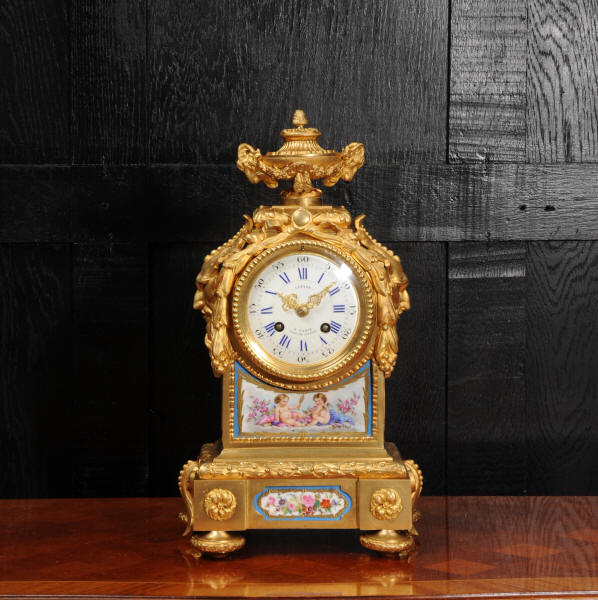
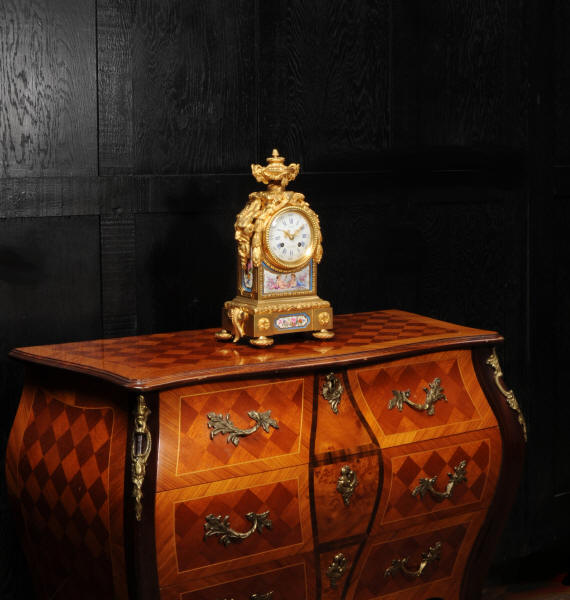
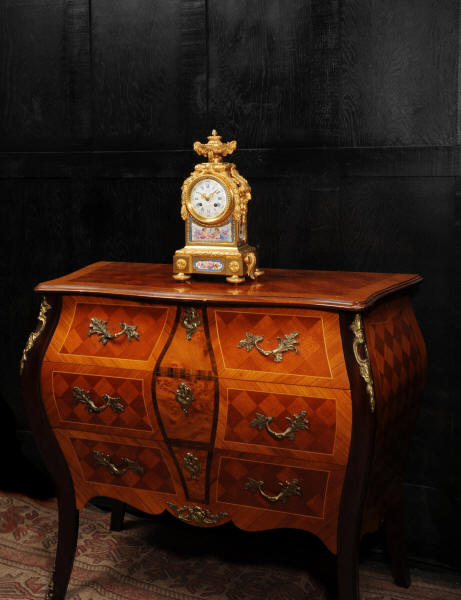
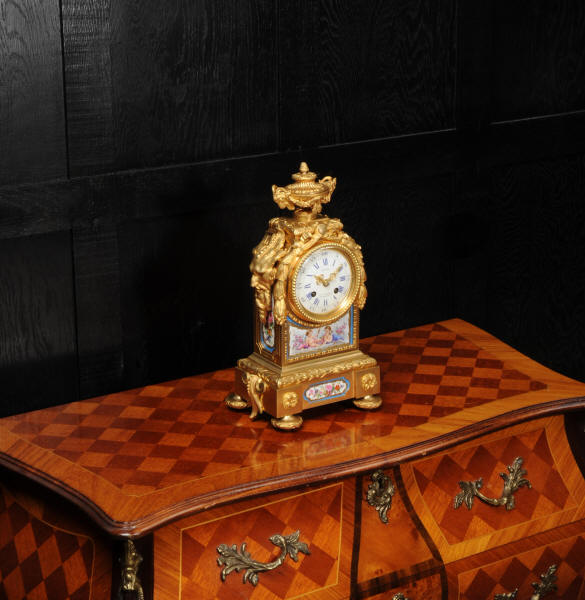
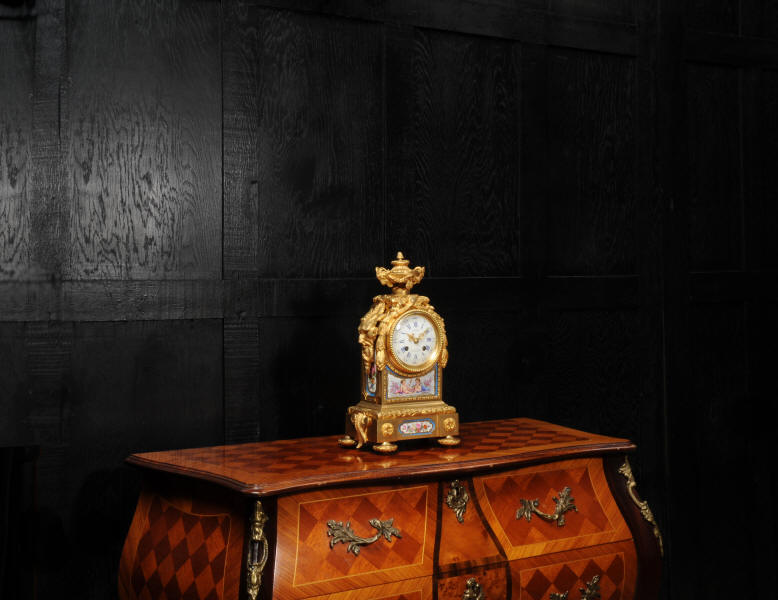
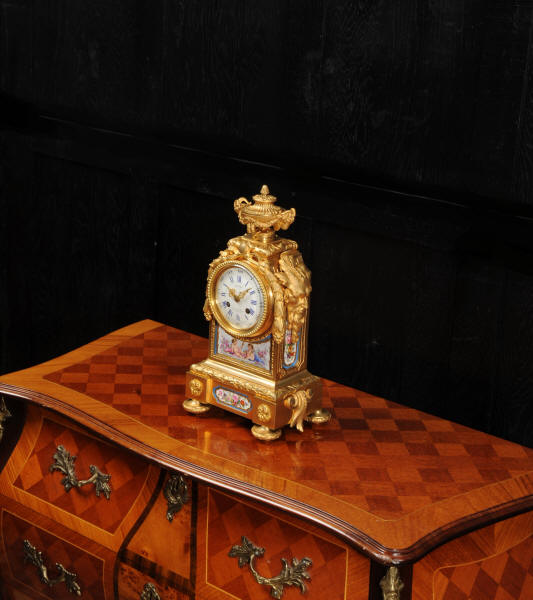
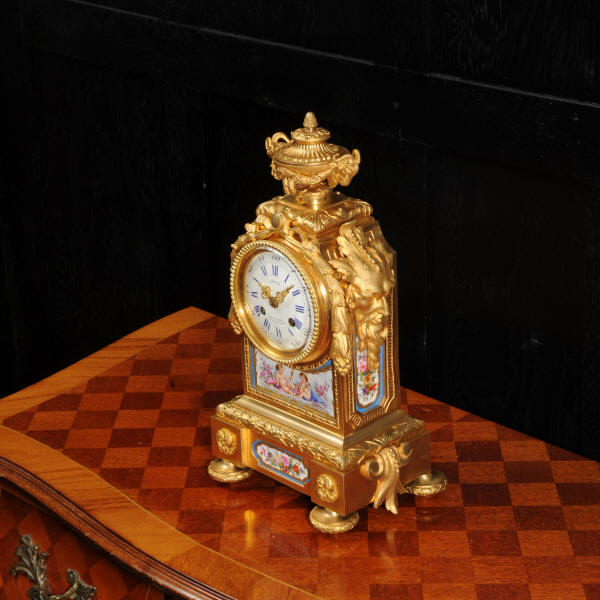
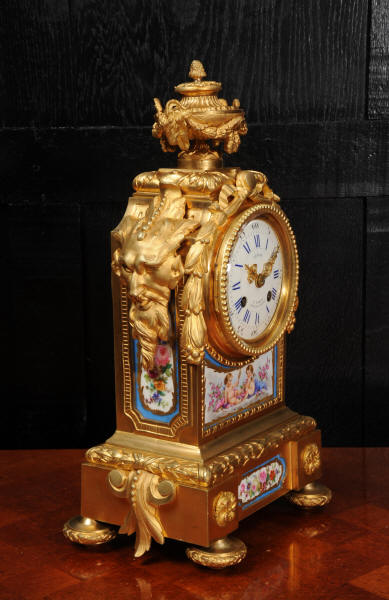
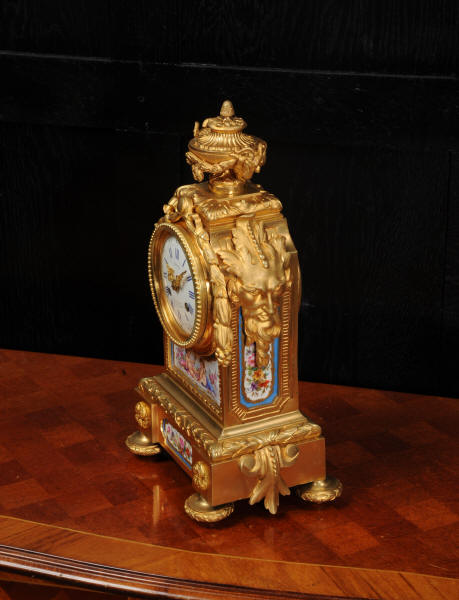


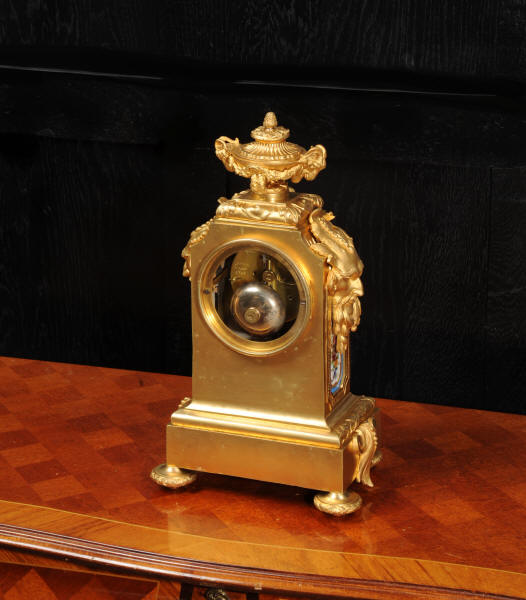
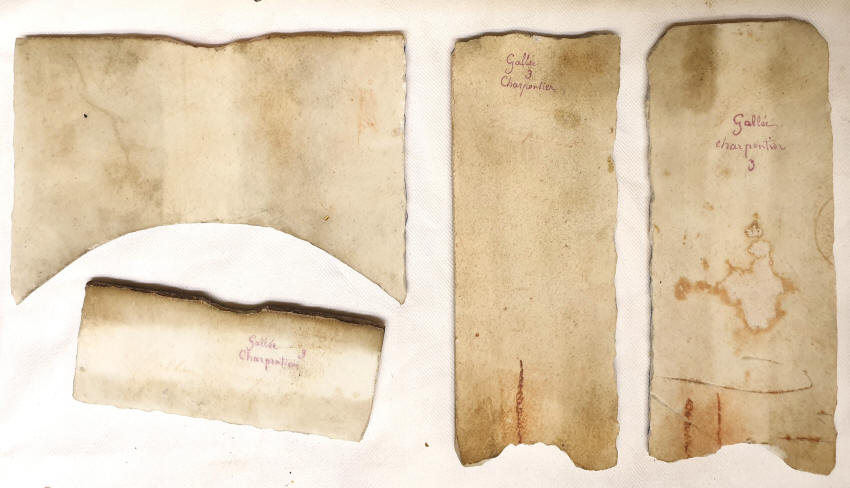
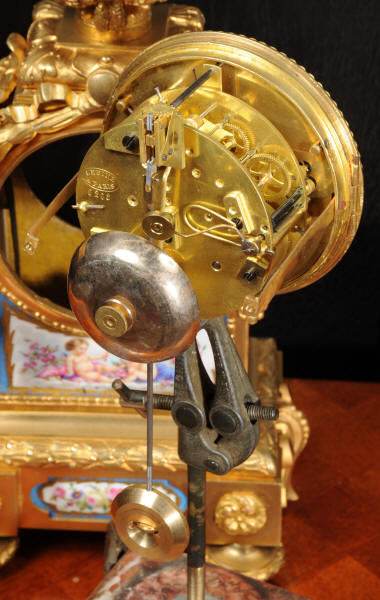
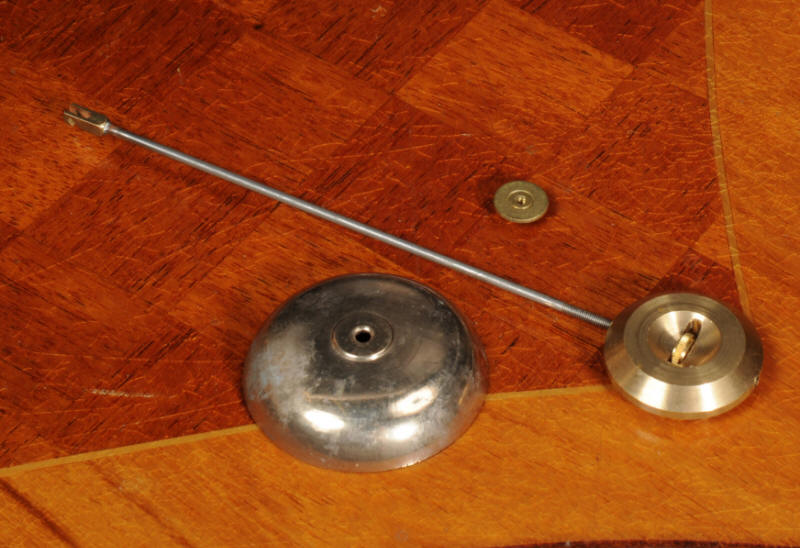
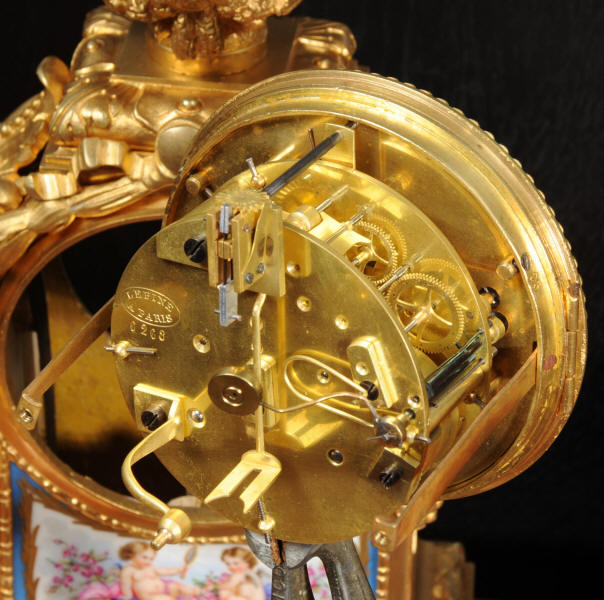

Customer satisfaction is always guaranteed at Dragon Antiques!


